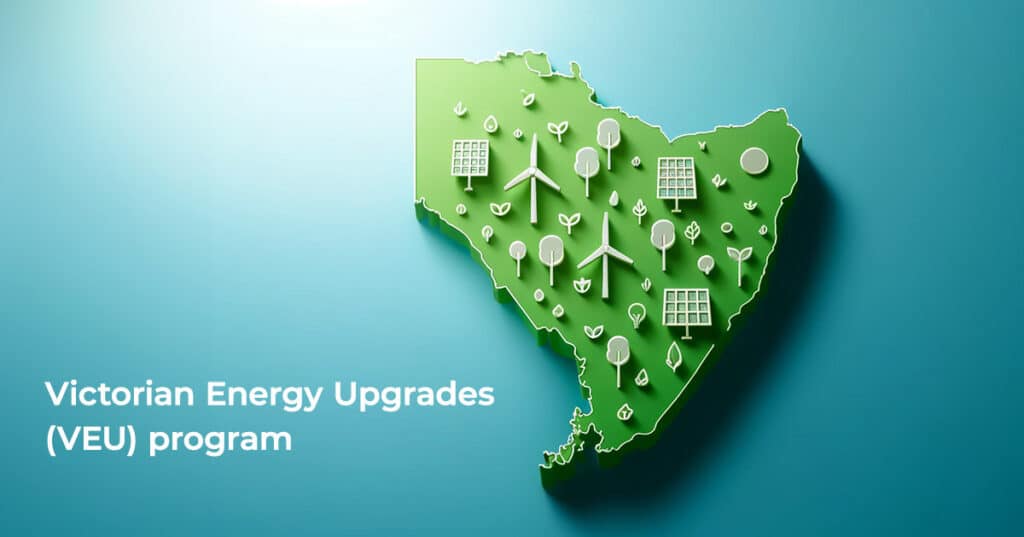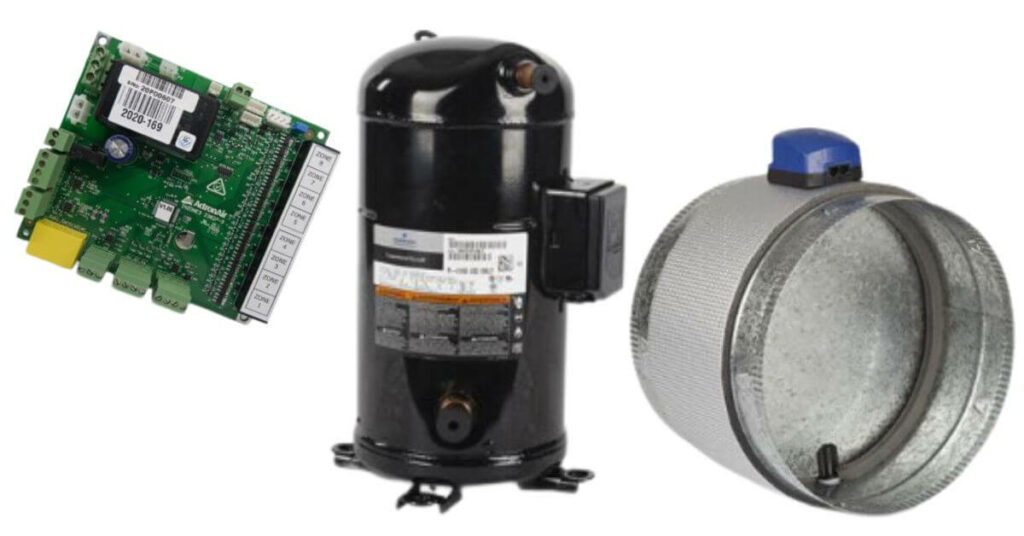Save thousands on air conditioning with the Victorian Energy Upgrade (VEU)
Unlock savings through the Victorian government’s Energy Upgrade program, making it more affordable than ever to keep your home comfortable and eco-friendly. As part of the Victorian Energy Upgrade program, ActronAir can help you save with eligible products. Why the Upgrade? The purpose of the upgrade is to make sustainable air conditioning accessible to more people across Victoria. The program aims to reduce carbon emissions, lower energy bills and create a sustainable future. Benefits for Victorian families Save on air conditioning units A key benefit for consumers is the upfront discount on your air conditioner. Depending on your chosen product, you could save thousands on your unit. Save on energy bills After your initial rebate, the savings continue. Air conditioner systems that are eligible for the VEU all meet the highest efficiency criteria, using just the right amount of energy, resulting in lower energy bills. Help create a greener Victoria The program’s overall benefit – and purpose – is to create a Victoria (and Australia) that’s better for future generations through the reduction of greenhouse gas emissions. How it Works By choosing eligible products, you can save thousands on ActronAir’s innovative air conditioning solutions. Here’s how to get started: 1. Learn More about our Eligible Products Designed for Australia, ActronAir products are tailored to our unique climate. Whether you’re looking for efficient cooling in the summer or reliable heating in the winter, these products deliver outstanding performance and comfort. ActronAir Serene Series 2 Serene Series 2 offers unmatched efficiency and comfort. It’s the ideal split system solution for modern homes and reduces your carbon footprint without compromising year-round comfort. Ideal For: Individual rooms or smaller areas where targeted heating or cooling is needed. ActronAir AIRES AIRES offers flexible control and zoning options with an inverter split ducted system. It is […]











